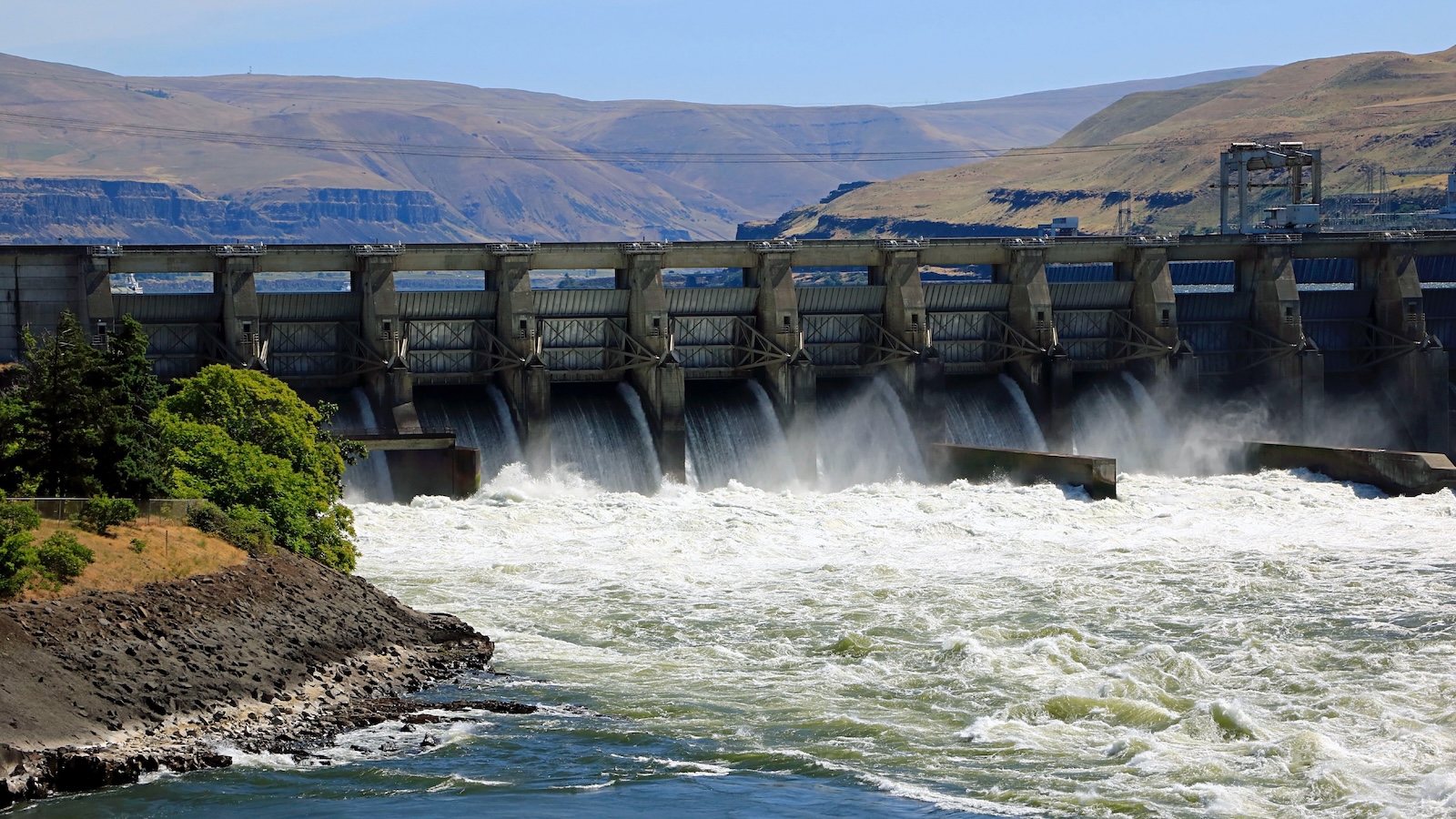While models predict climate change will plunge California and the Southwest deeper into drought, what awaits Washington and Oregon is less clear. The Pacific Northwest will get warmer. That much is certain. But in terms of the rain that places like Seattle and Portland are known for, things get fuzzier.
The bulk of it, Voisin said, is expected to come from atmospheric rivers streaming overhead between fall and spring, with rivers running low in late summer as the snow and ice in the mountains that rim the region melt ever earlier and no longer keep the waters as high as they historically have.
It’s important to remember that some dams act as flood control and smooth out the river discharge for various benefits. Typically in monsoon style areas, not sure how many others. We might see that role come up if we have fewer but more severe rains.
Generation methods that destroy key ecosystems of threatened and endangered species is not what I’d call “clean”. We can do so much better than dams, getting rid of them in place of actual green power would be an incredible, healing boon to these major rivers and the ecosystems they support.
Sadly all power generation methods come at a cost. What would you suggest?
Wind and solar. They have downsides, like they all do, you’re right, but they don’t obliterate sensitive ecosystems of threatened species. The downsides to nature are significantly reduced with wind and solar. Tidal looks good too, but I don’t know enough about it to give it the official "Some Random Guy on Lemmy Stamp of Approval ".
I’m no expert so I don’t know what causes more damage, but the production of photovoltaic cells also is by no means environmentally friendly. People die, ecosystems get destroyed, …
And people argue that birds fly into wind generators and die, idk how much damage that is comparatively but probably the least. So from an environmental perspective, as a layman, I’d rank them wind > water > sun > non-renewables (nuclear > gas > coal).
But wind (and sun) always changes, so it’s impossible to only have wind (and sun). You need:
-
Something stable that carries a large percentage (for example water in rivers or at the end of lakes (so basically at the start of a river)).
-
Something flexible that can quickly be increased or decreased (for example pumped hydro storage power stations, bonus points there for also being able to use energy when there’s too much wind/sun; or non-renewables (burn more gas, get more electricity))
So even if we assume that wind and sun are better than water we still need either water or non-renewables. I’d say that’s an easy choice.
-
Large hydropower is not counted as “Renewable” by California. We have renewable portfolio targets, and we import a lot of wind power from the north to meet the standards.
You can argue about how green it is, considering its impact on ecosystems, but how did they end at the conclusion that it’s not renewable?
We already had so much of it, the renewable targets would have been too easy? Most dams use huge amounts of concrete or earth moving, and there’s no carbon-free way to do that work at this time? Policy makers didn’t want to incentivize any dam construction?
These are guesses. It’s probably in some kind of records. Sometimes laws even explain the rationale in the beginning with a bunch of “whereas” statements. But I’m too lazy to look it up right now.
California power is awesome. Until recently, it was almost all nuclear. Those reactors take 6 hours to spin up and wind down. As demand went up for the day, they’d supplement their systems by buying power from BC. As the demand went down at night faster than the nuclear could wind down, they would pay BC to take their excess. You need to use you excess load or you blow up your grid. So BC was making money providing AND taking power at different points throughout the day.
Now, thanks largely to solar, California is generating so much power they have to pay people to take the excess during peak hours. Such an incredibly fast transformation. They still buy a bit at night, but California is quickly freeing itself from dependence on other systems.
So while they still import a bit of Hydro power, they’ll be fully autonomously renewable really soon.
We are at no risk of drought in the PNW. It rains like 3/4ths of the year




